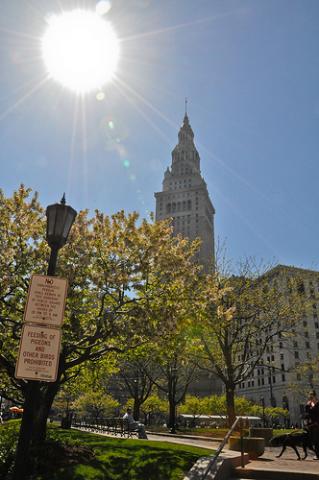Now the 45th largest city in the United States, the City of Cleveland’s prime location on the Great Lakes made it one of our country’s key transportation hubs and commercial and manufacturing centers by the late 19th century. In fact, due primarily to its strong economy, Cleveland became the fifth largest city in the United States in 1920, and reached a population high of 914,808 in 1949.
Similar to many “rustbelt” cities, key trends including suburbanization, layoffs due to technological advances, industrial flight to places with lower labor costs, and globalization had severe economic and social impacts on Cleveland. As of the 2010 census, Cleveland had a population of 396,800, well under half of what its population was at its peak 60 years prior. Today, just over 53 percent of the city's population is African-American, 37 percent is white, and about 10 percent Latino or Hispanic.
Community wealth building institutions have played an important role in promoting the revitalization of Cleveland neighborhoods. For example, in the late 1970s, Cleveland created a land bank to handle tax-delinquent properties, directing many of the properties to community development corporations.
An important factor behind Cleveland community wealth-building organizations’ success has been these groups’ ability to forge effective cross-sectoral collaborations. For example, the significant redevelopment within the City’s University Circle district would not have been possible without strong partnerships between the City, area anchor institutions, and private developers and business as part of the Greater University Circle Initiative. Support from the Cleveland Foundation, which awards about $80 million a year to City organizations and projects, has also played a pivotal role.
Further illustrating the increasing level of collaboration among diverse city groups, in 2014, 10 Cleveland organizations planning to spend billions of dollars on construction projects over the next several years agreed to sign a Community Benefits Agreement pledging to set goals for hiring local and minority workers, expand training programs, and study best practices for improving diversity and inclusion in the construction industry. University Hospitals Health System, a key city anchor institution, laid the foundation for this agreement when it developed its Vision 2010 initiative, which commits to targeting its construction spending on local businesses and workers.
Below are some of Cleveland's leading community wealth building organizations and initiatives:







